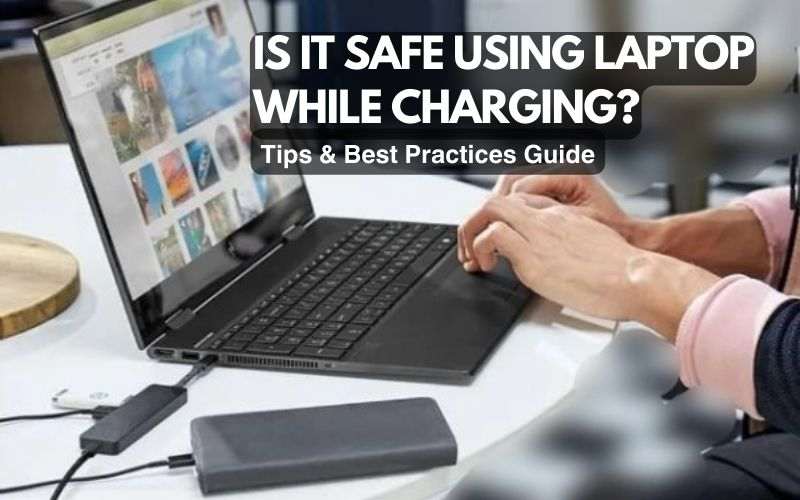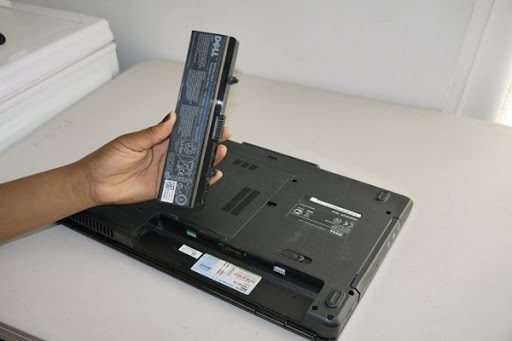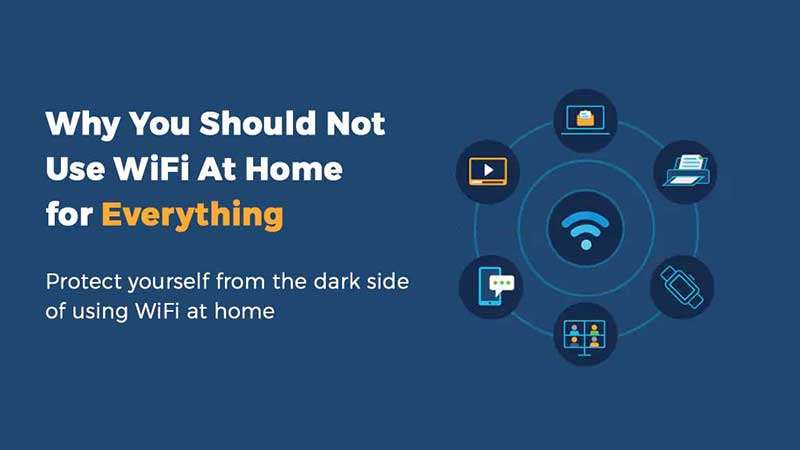Is it safe using laptop while charging? Know how to avoid potential risks. Get tips for maintaining battery health. How to protect your device and yourself.

For many of us, the laptop is our constant companion, workhorse, and entertainment hub. And with that constant use comes the ever-present need to charge. But what about those times when the battery dips while we’re in the middle of something important? Can we safely use our laptops while they’re plugged in? Let’s dive into the world of plugged-in power and explore the myths and realities surrounding this common practice.
Safety First
Let’s address the biggest concern first: is it safe using laptop while charging? In short, yes, it’s generally safe. Modern laptops and chargers have built-in safety measures to prevent overcharging, overheating, and electrical hazards. However, there are some potential drawbacks and things to keep in mind for optimal battery health and performance.
The Basics: Batteries and Charging
Modern laptops use lithium-ion batteries. These are pretty robust and have built-in safety mechanisms. When plugged in, the charger sends power to the laptop and simultaneously charges the battery. However, the battery isn’t constantly “filling up.” Once it reaches a certain level (usually around 95%), the charging circuitry switches to a “trickle charge” to maintain that level.

Also Read: Do Not Buy Laptop Online From Flipkart or Amazon: 7 Reasons Why
Myth Busting: The Truth About Overcharging
Modern laptops, thankfully, are equipped with smart charging circuits that prevent overcharging. So, you don’t have to worry about your battery exploding if you leave it plugged in overnight. However, there are still a few things to consider:
- Heat is the Enemy: While your battery won’t burst, excessive heat generated by using and charging simultaneously can shorten its lifespan. This is especially true for demanding tasks like gaming or video editing.
- Battery Cycles Matter: Every time your battery charges from 0% to 100%, it counts as a cycle. Most laptop batteries have a limited number of cycles before they start losing capacity. Using your laptop while charging adds to these cycles, potentially reducing its overall lifespan.
- Performance Impact: Running heavy tasks while charging can put a strain on your laptop’s internal components, leading to slower performance and fan noise.
Potential Concerns
While using your laptop while charging is generally safe, there are some potential downsides:
- Heat: Like any electronic device, laptops generate heat when working. This heat increases when the battery is also charging. Excessive heat can shorten the battery’s lifespan and damage other components.
- Battery Health: Constantly cycling between charging and discharging can stress the battery, leading to faster capacity degradation.
- Slower Charging: If your laptop is using a significant amount of power while charging, it may take longer to reach a full charge.
- Stress on the Charging System: Continuously running both the laptop and the charger can put extra strain on the charging circuitry.

Minimizing the Risks
Here are some tips to mitigate these concerns and use your laptop safely while charging:
- Don’t use it for demanding tasks: Avoid running resource-intensive programs like games, video editing, or heavy multitasking while plugged in.
- Keep it cool: Ensure good ventilation by placing your laptop on a flat surface, not on your lap or bed. Consider using a cooling pad for extra heat dissipation.
- Don’t charge to 100% all the time: Most modern batteries have features to limit charging to 80% or 90% to extend their lifespan. Check your laptop’s settings for such options.
- Use the original charger or a high-quality replacement: Cheap or incompatible chargers can generate excess heat and damage your battery.
- Avoid using it in extreme temperatures: Operating in hot or cold environments can stress your laptop and battery.
So, When is it Okay to Use Your Laptop While Charging?
While avoiding it completely is ideal for optimal battery life, there are situations where using your laptop while charging is acceptable:
- Light Tasks: Browsing the web, checking emails, or writing documents won’t put a significant strain on your battery or generate excessive heat.
- Short Bursts: Need to finish a quick task before heading out? Using your laptop while charging for a short period shouldn’t cause any harm.
- Travel Necessity: If you’re on the go and need to use your laptop without immediate access to an outlet, plugging in while working is perfectly fine.
Maximizing Your Battery Health
Even if you occasionally use your laptop while charging, there are ways to minimize its impact:
- Keep it Cool: Ensure proper ventilation by using a laptop stand or keeping it on a cool surface. Consider a cooling pad for demanding tasks.
- Optimize Performance: Close unnecessary programs and adjust brightness settings to reduce power consumption.
- Calibrate Your Battery: Most laptops have built-in battery calibration tools to ensure accurate readings. Consult your manufacturer’s instructions for specific steps.
- Partial Charges: Instead of charging to 100%, consider stopping at 80% or 90%. This can reduce stress on the battery over time.
- Invest in a Genuine Charger: Using a compatible charger ensures optimal charging and protects your laptop from potential damage.

Beyond the Basics: Advanced Battery Care Tips
For tech enthusiasts, here are some additional tips for maximizing battery life:
- Battery Health Monitoring Tools: Many operating systems and manufacturers offer tools to monitor battery health and diagnose potential issues.
- Disable Fast Charging: While convenient, fast charging can generate more heat, potentially impacting battery life. Consider disabling it if you’re not in a hurry.
- Firmware Updates: Manufacturers often release firmware updates that improve battery management. Keep your laptop updated for optimal performance.
Remember, the key is balance. Using your laptop while charging is generally safe, but understanding the potential impacts and practicing good battery care habits will ensure your laptop performs at its best for longer.
Beyond the Battery:
While battery health is important, remember that your laptop is designed for plugged-in use too. Here’s an additional point to consider:
- Desktop Mode: If you primarily use your laptop at a desk, consider connecting it to an external monitor and keyboard, essentially turning it into a desktop. This can be a more comfortable and productive way to work while keeping the battery healthy.
The Verdict
Using laptop while charging is generally safe, but understanding the potential heat and battery implications is crucial. Using your laptop while charging can also impact performance. Battery-powered mode often throttles down CPU and GPU performance to conserve energy. While plugged in, these limitations are lifted, resulting in potentially better performance, especially for demanding tasks.
Ultimately, the decision of whether to use your laptop while charging boils down to personal preference and context. By understanding the potential downsides and implementing best practices, you can make informed choices to maximize battery health, performance, and safety. Remember, your laptop is a valuable tool, and taking care of its battery will ensure it serves you well for longer.
Additional Tips
- Consult your laptop’s manual: Specific advice for your model might be available regarding charging and battery care.
- Monitor battery health: Many laptops have built-in tools to monitor battery health and temperature. Keep an eye on these indicators to adjust your charging habits accordingly.
- Invest in a spare battery: If you rely heavily on your laptop for on-the-go work, a spare battery can provide peace of mind and additional runtime.
By following these tips and adopting informed charging practices, you can keep your laptop humming and its battery healthy, whether you’re plugged in or on the go!

Hi I am Harish. I am a blogger, writer. I am also a photographer. I love to share my thoughts and experiences through the words in my blog. Thank you.



